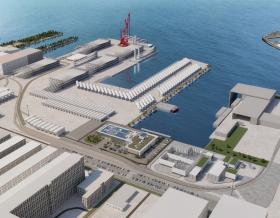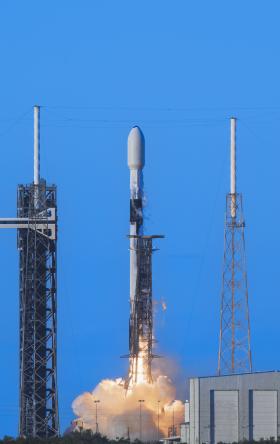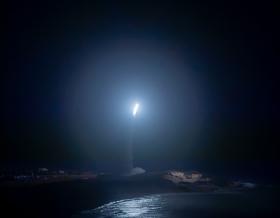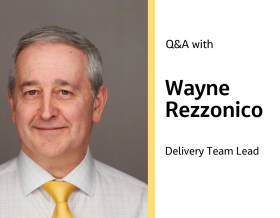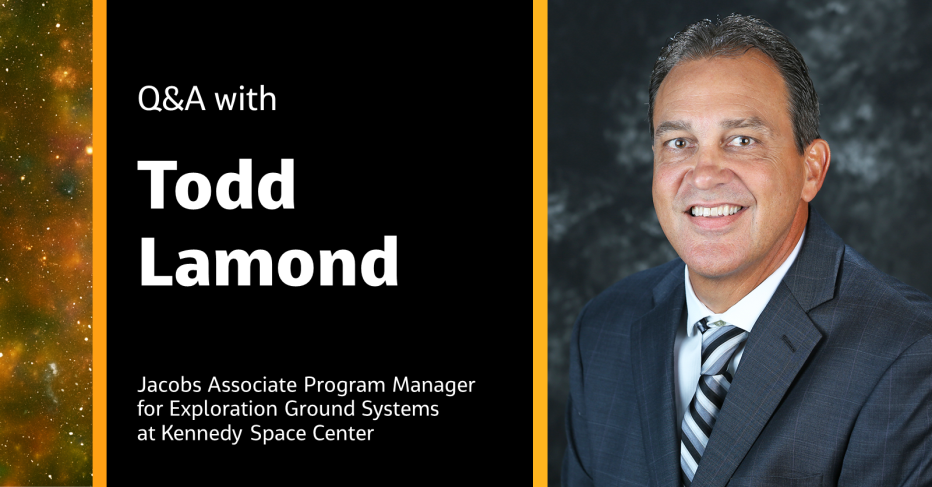
What does it take to launch a rocket to the moon? Dedication and collaboration!
Just take it from the industry team, composed of Aerojet Rocketdyne (an L3Harris Technologies company), Boeing, Jacobs, Lockheed Martin, and Northrop Grumman, who collaborated closely with the National Aeronautics and Space Administration (NASA) to support all aspects of the successful Artemis I launch.
The collaborative team’s efforts encompassed the Space Launch System (SLS) rocket components, including the core stage, upper stage, boosters, and RS-25 engines, as well as the Orion spacecraft and ground systems. With significant contributions from the European Space Agency, this joint endeavor played a pivotal role in achieving the mission’s success—a significant milestone in NASA’s quest to return humans to the Moon.
Recognizing their outstanding achievements, the National Space Club’s 2024 Nelson P. Jackson Aerospace Award celebrates the team’s unwavering dedication and meticulous attention to detail, setting a new standard for the inaugural performance of a human space system. This prestigious accolade is bestowed upon individuals or teams who have demonstrated exceptional collaboration in missiles, aircraft, and space between government and industry. Accepting the award on behalf of their parent companies at the 67th Annual Robert H. Goddard Memorial Awards Dinner on March 22, 2024, are five ‘unsung heroes’ from each prime contractor.
These remarkable individuals significantly contributed to the successful development and execution of the Artemis I mission, pushing the boundaries of space exploration and technology through innovative thinking and technical expertise.
Accepting the Nelson P. Jackson Aerospace Award on behalf of Jacobs is Todd Lamond, our associate program manager for Exploration Ground Systems (EGS) at NASA’s Kennedy Space Center.
Todd played a critical role as the Exploration Ground Systems (EGS) interface during the Artemis I mission, coordinating with NASA senior managers across all elements to ensure a strong contractor/customer partnership. Despite facing numerous challenges, including multiple propellant tanking tests, two hurricanes, and three launch attempts, Todd’s expertise and dedication were pivotal to the successful liftoff of the first flight of NASA’s Moon to Mars Program.
In this Q&A, we connected with Todd to discuss Artemis I and how our team helped overcome challenges to support a successful launch.
Todd’s contributions exemplify the spirit of exploration that drives NASA’s Artemis program. His role as the EGS interface ensured seamless collaboration, and his expertise will resonate as we prepare for humanity’s next giant leap—to explore the Red Planet.
Hi, Todd. Can you tell us how long have you worked on the Artemis program?
Since the beginning! We’ve put much effort into getting the Mobile Launcher and Ground Systems at Kennedy Space Center (KSC) ready to support Vehicle Assembly/Test & Launch. We participated in many reviews on procedure development and vehicle requirements with all Space Launch System partners. We also developed a new Orion Crew Module Recovery process with the Department of Defense (DoD) partners.
How does it feel to be on the ground floor of a new NASA program?
It’s fascinating building this new capability for the National Space Program. We’re learning a lot about the vehicle and all its capabilities. With every flight, we set new milestones and accomplish new objectives.
What are the significant changes the team faced getting to the launch of Artemis I?
Our teams had to overcome new vehicle interfaces and design challenges. Even Mother Nature threw us a few curves. We had several problems with hydrogen leaks during the tanking test, leading to many repeat tests to ensure the vehicle was safe to fuel and fly. A couple of Hurricanes were thrown into the mix, including one that required rolling the vehicle back to the Vehicle Assembly Building at Kennedy Space Center for protection.
How did it feel to watch Artemis I lift off?
I will never forget this epic milestone. It was 01:47 in the morning, and the dark sky lit up like a sunny day! Words hardly tell the story, but it was one of the proudest moments in my career.
What does it feel like to be recognized as part of the team accepting this year’s prestigious Nelson P. Jackson Aerospace Award?
This is a proud moment for Jacobs and our Kennedy Space Center team. It took the entire team to have a successful launch, and I feel honored to accept it on their behalf.
About the Artemis I mission
Artemis I was a pioneering mission that integrated the Space Launch System (SLS) rocket, the Orion Multi-Purpose Crew Vehicle (MPCV), and the upgraded EGS. Beyond testing, Artemis I demonstrated Orion’s readiness to support future crewed missions, including Artemis II. During the mission, Orion executed a lunar flyby, pushing the boundaries of deep space exploration. Its trajectory took approximately 40,000 miles beyond the Moon and back to Earth over 25.5 days, orbiting the Moon in a Distant Retrograde Orbit (DRO).

